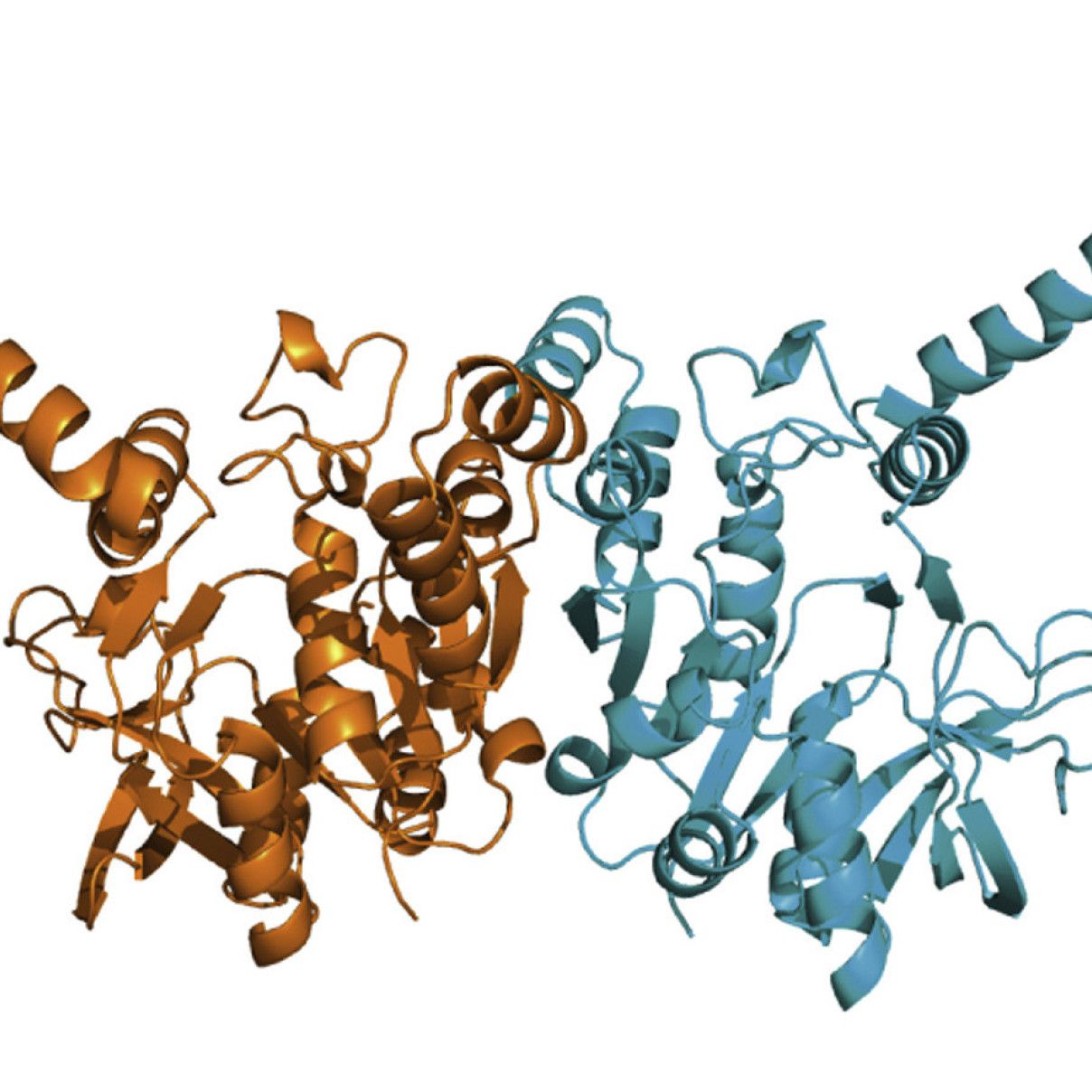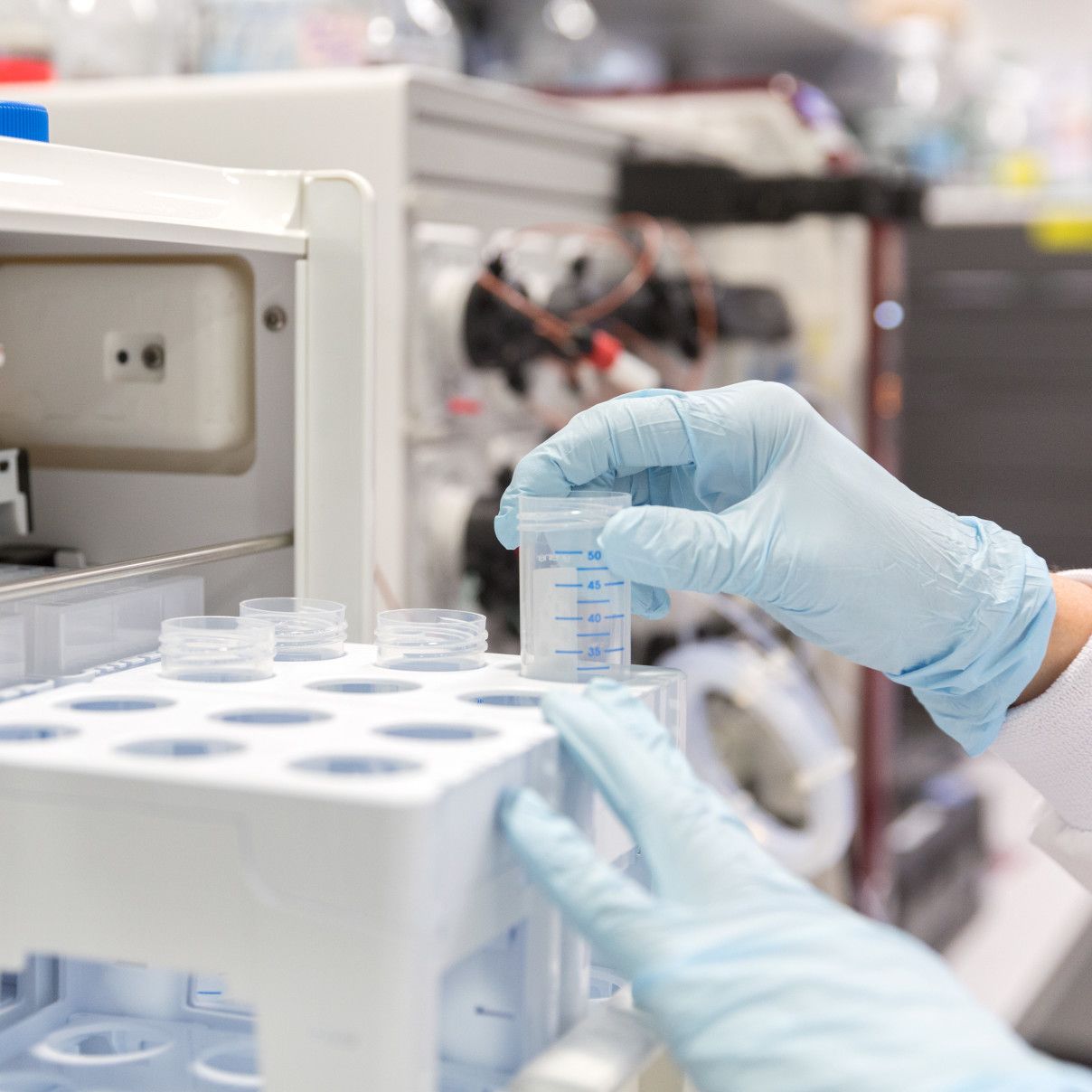To get started with crystal optimisation, read the review by Alex McPherson.
Optimisation of Initial Hits
Optimisation of initial hits follows two objectives. You want to increase the size of your crystals to endow them with more diffraction potential, and you want to improve the diffraction quality. I recommend to optimise initial hits in larger volumes than the ~300 nl drops that the Mosquito sets up.
Traditionally, 24-well plates were used for optimisation, with 2 + 2 µl drops over 500 - 1000 µl of reservoir solution. Since the volumes (and with it the level of diffusion) are so different from the initial experiments, it can sometimes be difficult to replicate the crystals.
Instead, I recommend to use MRC plates, which have been proven more reliably to replicate initial hits. With these plates, you'd use up to 2 + 2 µl drops over 200 µl reservoirs and follow the strategy outlined below. Usually, you're only using 24 wells at a time because that gives you enough space for varying concentrations and pH, but you can set up two optimisation experiments in one plate at one time or set up a four-corners screen over the entire plate.
Optimisation grid
When setting up optimisation plates, robotics is of little use. As you're only setting up one tray at a time, you'll have to do a lot of pipetting.
What you want to do is modify the precipitant concentration and the buffer to improve crystallisation. Say your protein crystallised in ICL 11, G9. Make stock solutions of the components of your crystallization solution, and set up a grid as shown below. To find the highest possible concentration of your stock solutions, check what Hampton sells. You can usually not go higher than this. The Facility provides some stock solutions and chemicals, but not many.
Solutions
| Crystallisation solution | Stock solutions |
|---|---|
| 50% ethylene glycol (precipitant) | 100% ethylene glycol |
| 0.1 M HEPES, pH 7.5 (buffer) | 1 M HEPES, at four different pH values |
| 0.2 M Li2SO4 (salt) | 2 M Li2SO4 |
Make a grid according to the template below. The red X indicates the original condition. This should always be somewhere in the middle of the grid. (The numbers refer to the example condition above.) Hampton's Make Tray application will calculate the volumes for you and provide a printout for your notebook. To design more complicated grids and incomplete factorial screen, you can use Mimer, a powerful collection of Excel macros (see paper).
 From the appearance of crystals in the optimisation grid, you can optimise further until the best crystals are in the middle of the plate. Note that best crystal doesn't mean best-looking crystal but best-diffracting crystal.
From the appearance of crystals in the optimisation grid, you can optimise further until the best crystals are in the middle of the plate. Note that best crystal doesn't mean best-looking crystal but best-diffracting crystal.

